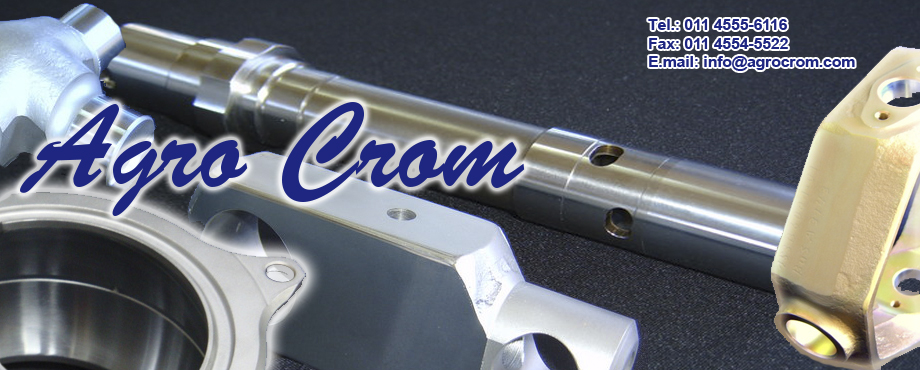Electroless Nickel
knowing Electroless Nickel
Electroless coating (also known as autocatalytic coating) is defined as the deposition of a metallic coating by a controlled chemical reduction that is catalyzed by the metal or alloy being deposited. The electroless process has several advantages over electroplating:
- virtually unlimited throwing power
- little or no excess deposit at high points
- deposits of excellent physical and chemical properties
- reduced hydrogen charging (hydrogen embrittlement)
- ability to coat surfaces which would be difficult or impossible by electroplating
By far the most common form of electroless coating is nickel plating, which is actually a nickel-phosphorus alloy (2-10% P). Electroless nickel has the unusual quality of being amorphous and not crystalline in structure. These coatings possess high hardness, natural lubricity, and good wear and abrasion resistance.
Is sometimes an economical treatment to improve the performance of carbon steel in mildly corrosive environments (such as chlorides, trace acids, caustic solutions) and in situations where light wear may occur in service. It is, however, difficult to deposit electroless nickel on chromium-containing steels. Electroless nickel can be deposited on the internal diameter of tubular components and other difficult to access surfaces.
The most common defect associated with the use of electroless nickel plating is inadequate preparation of the surface. Proper adhesion depends of the removal of contaminants from the surface and on generating a totally active surface to start the process in all areas.
